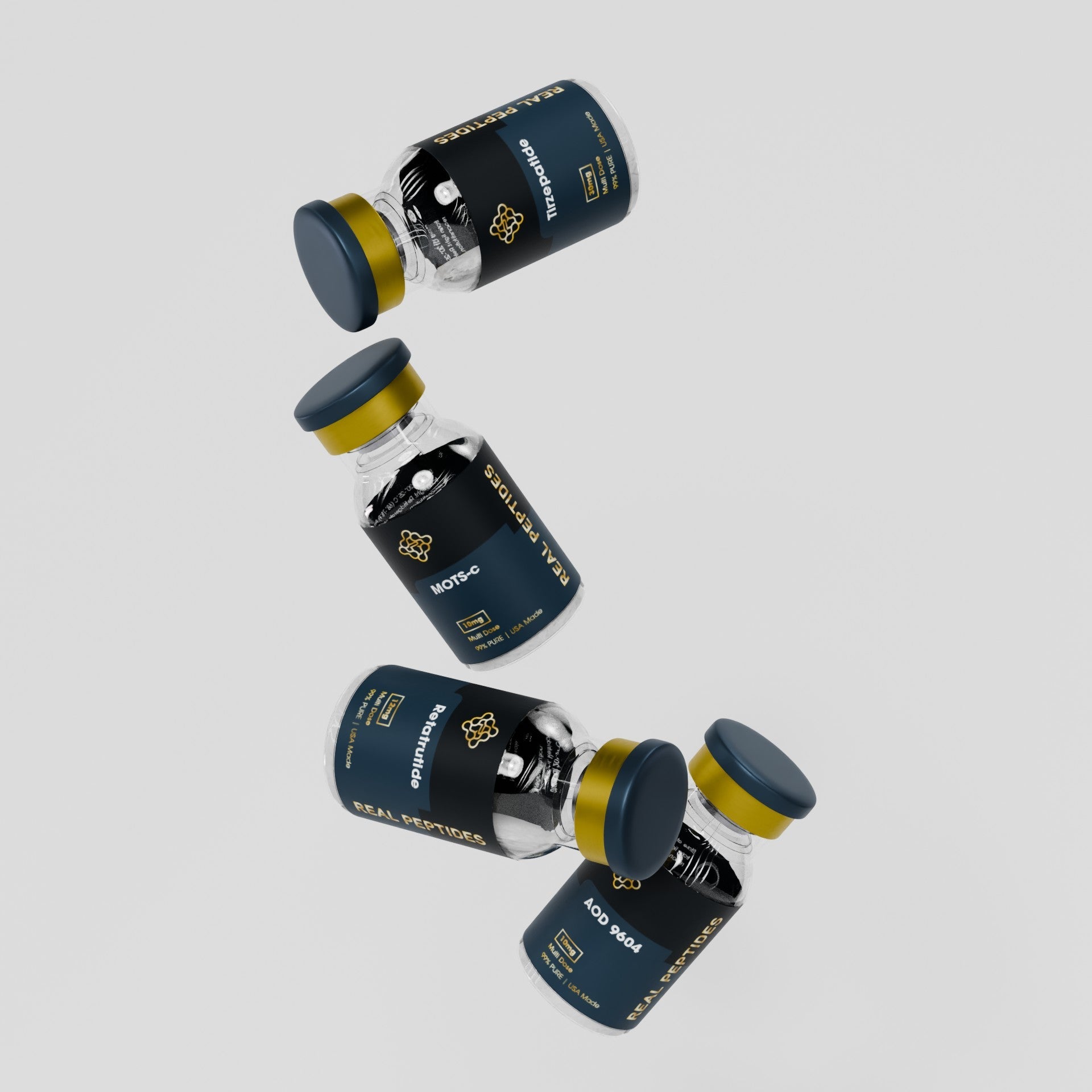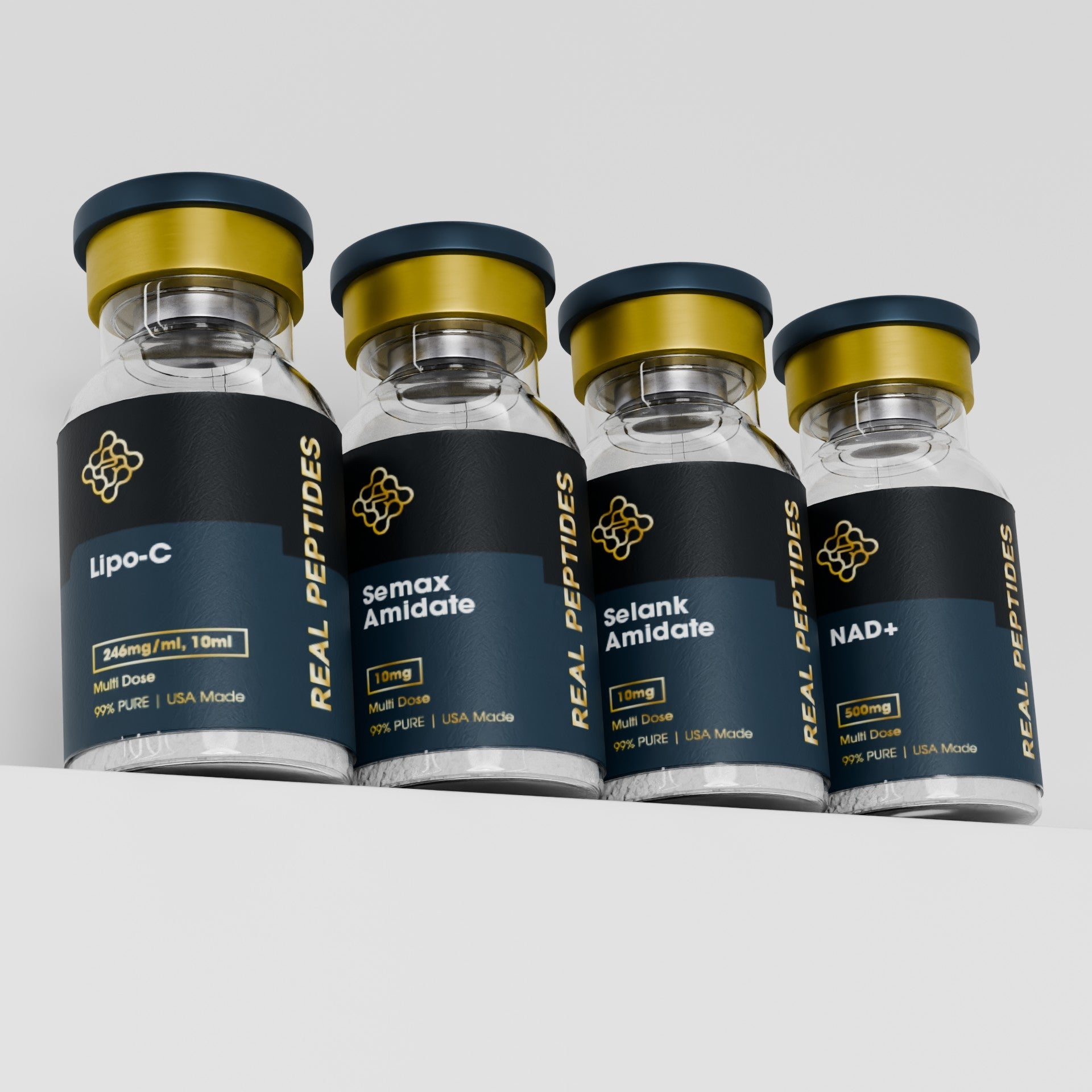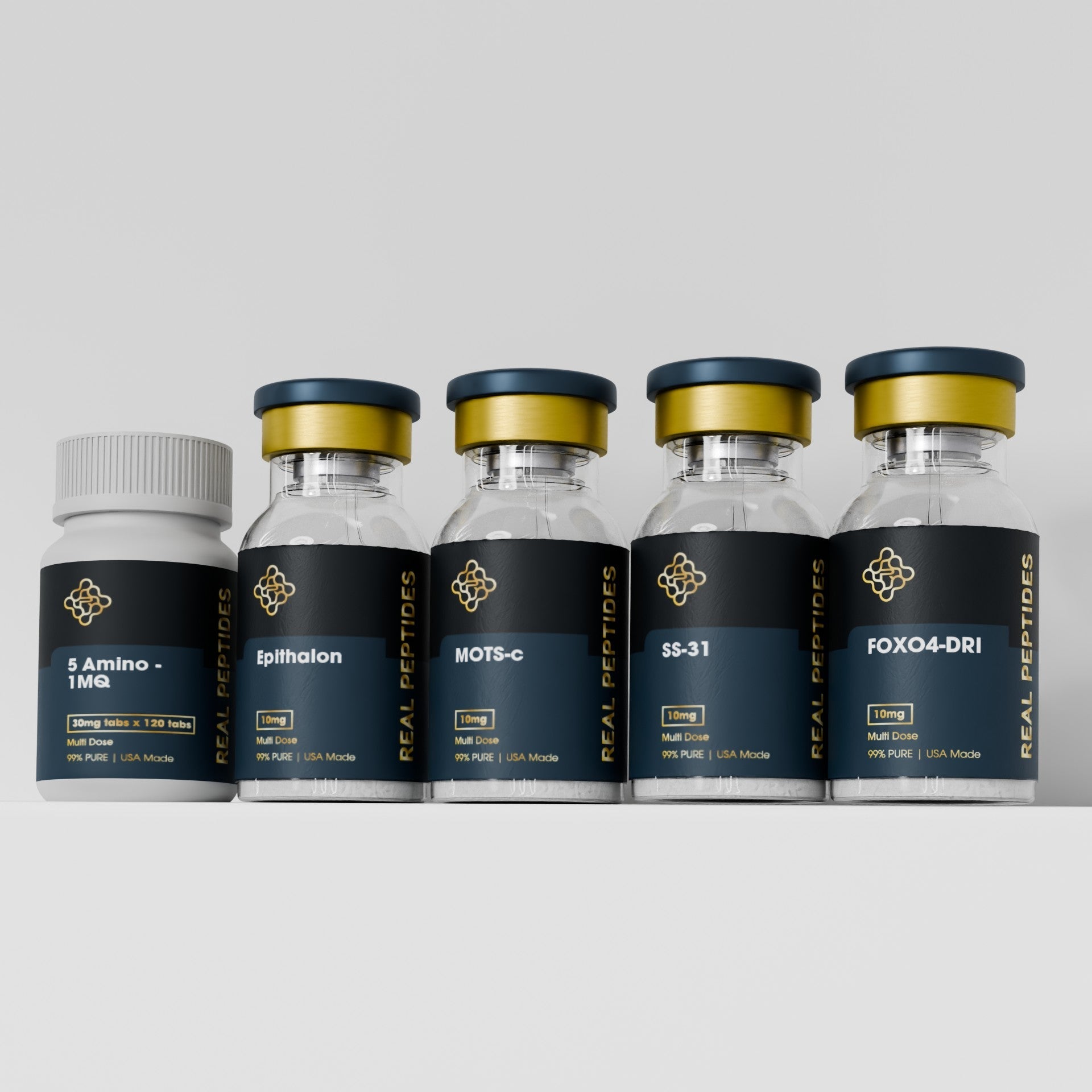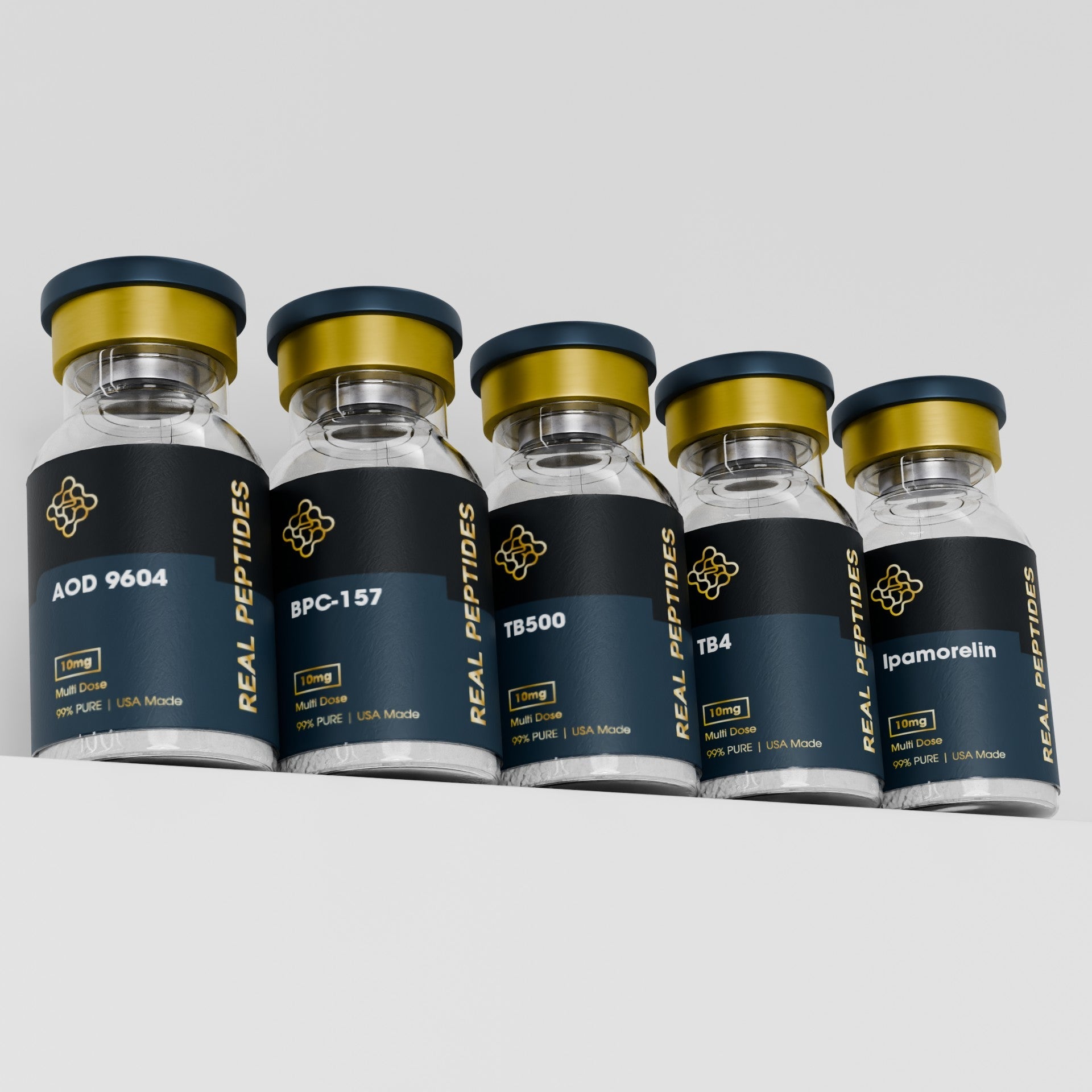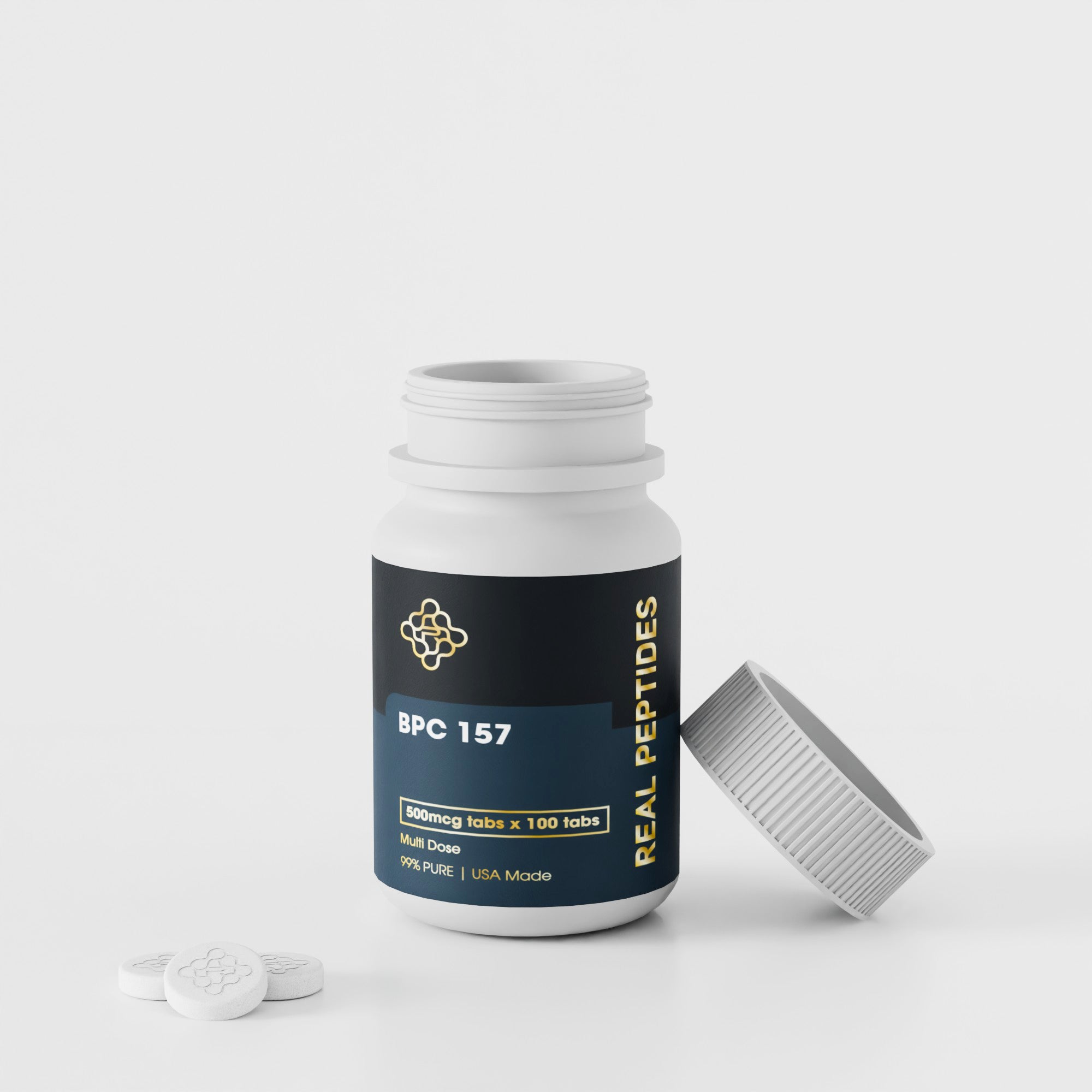
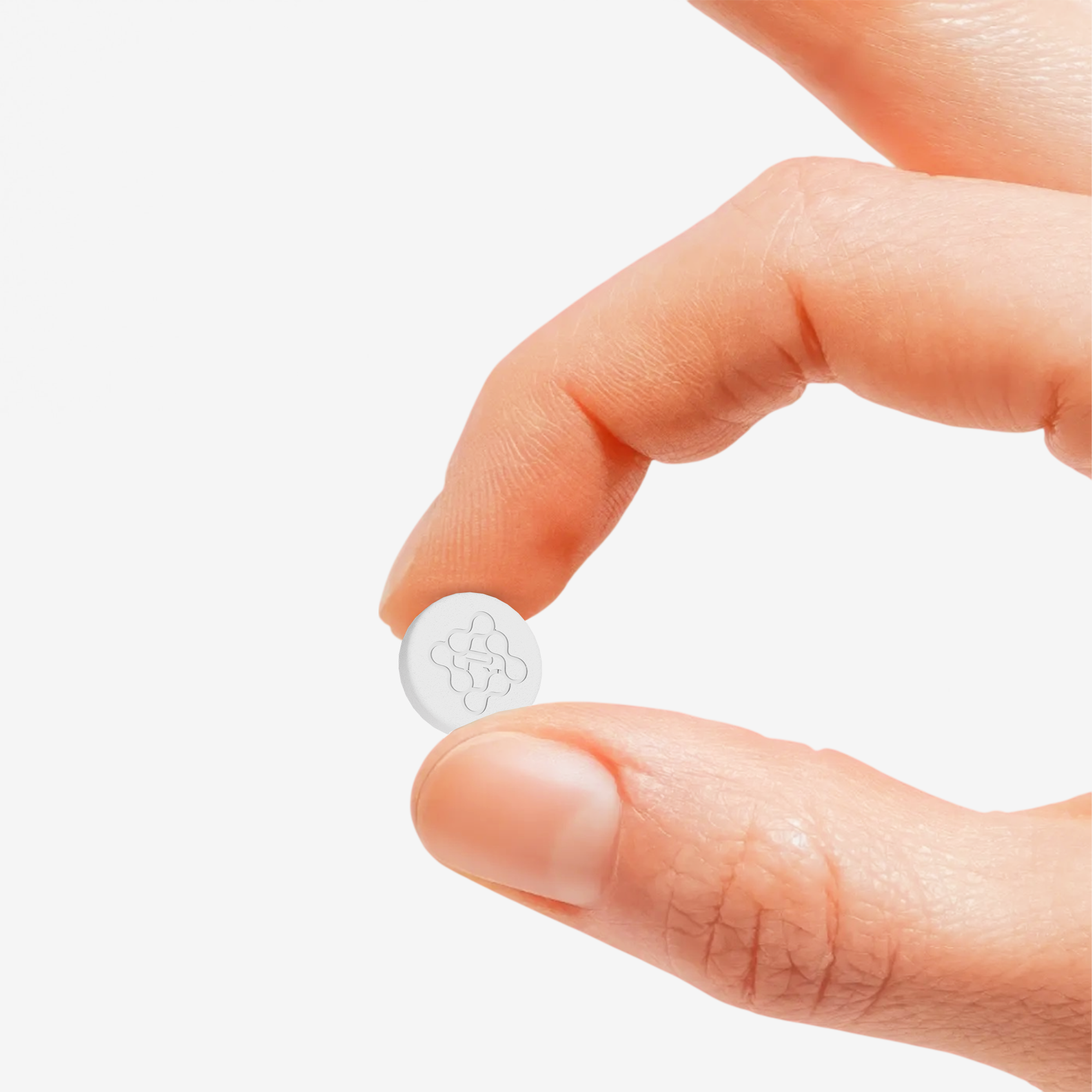
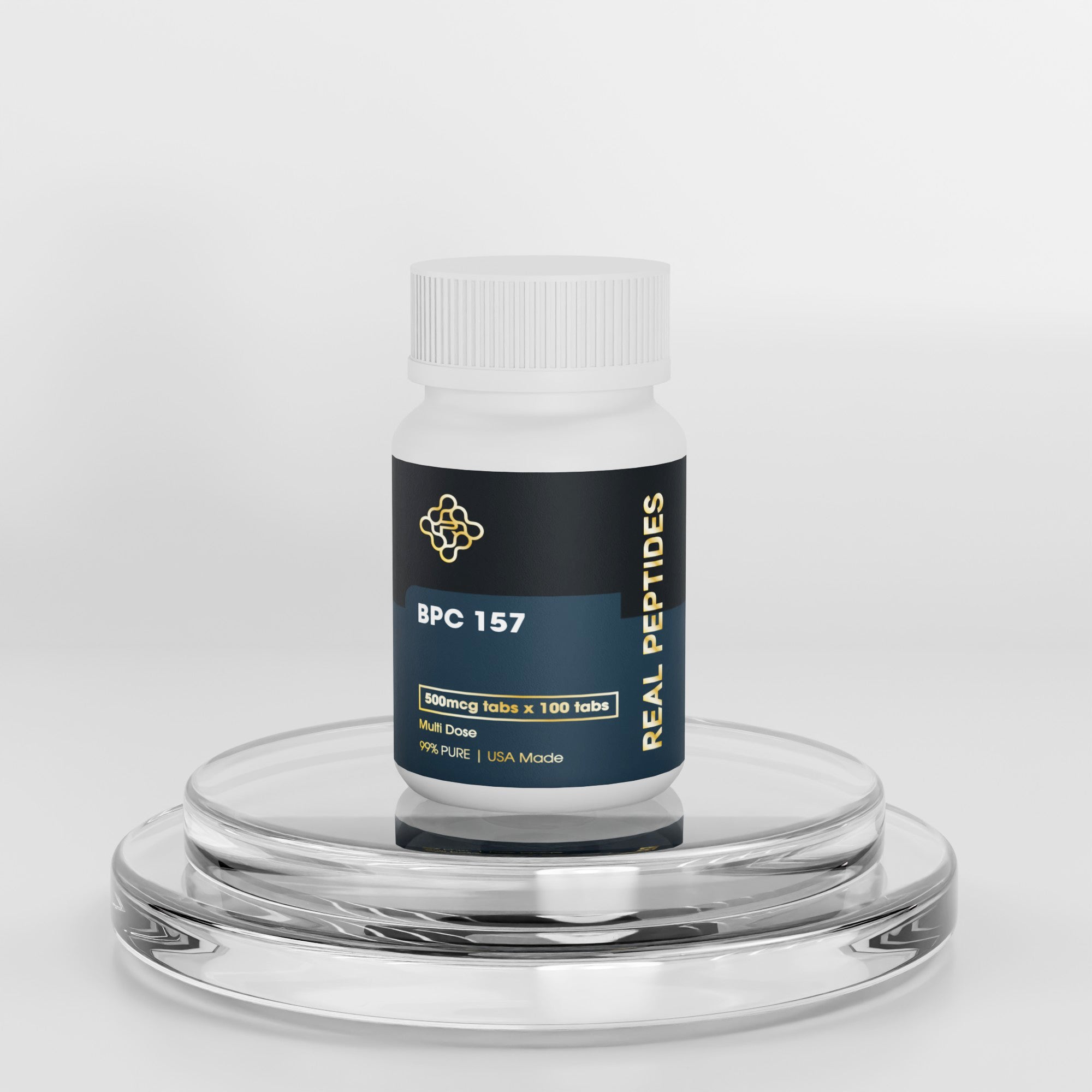
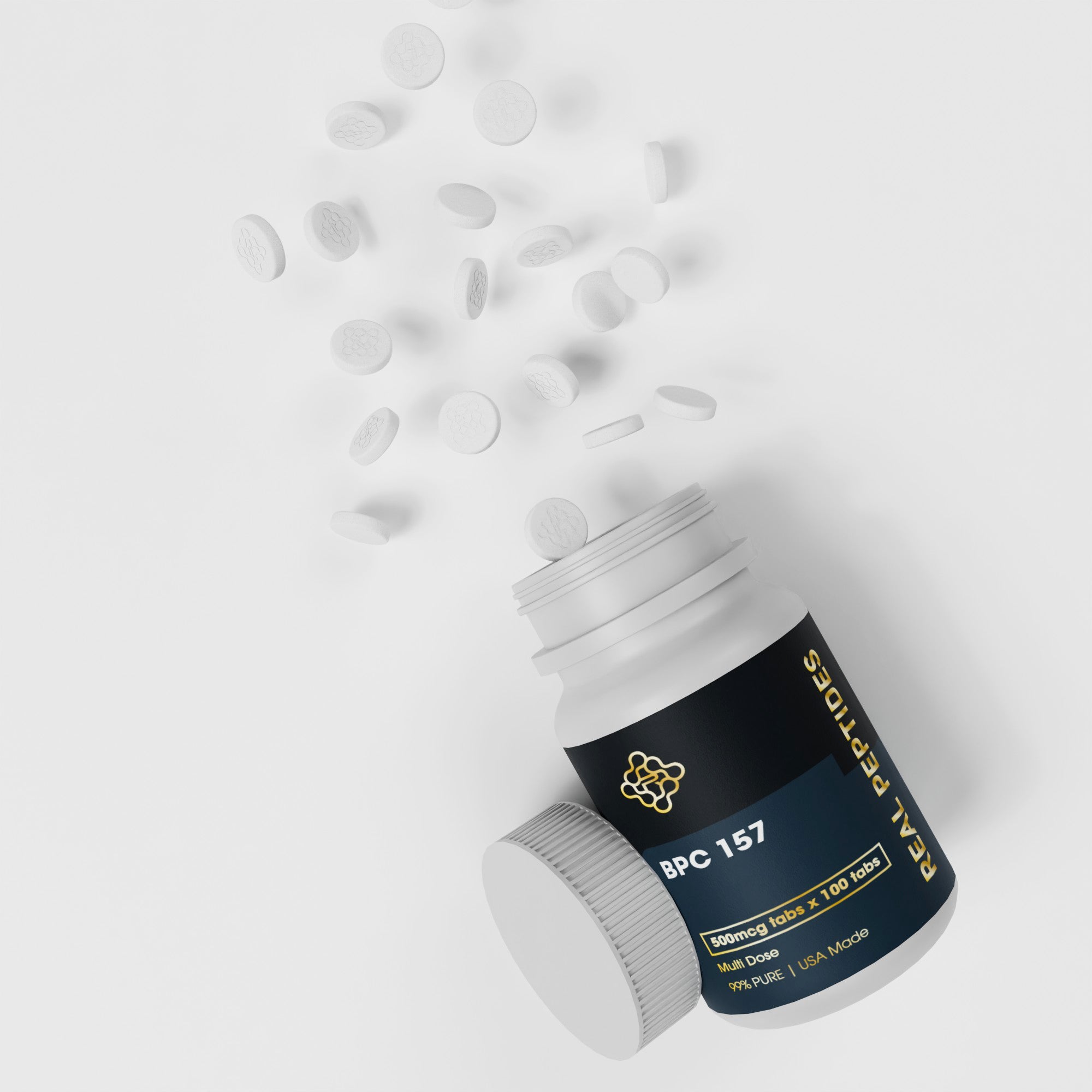
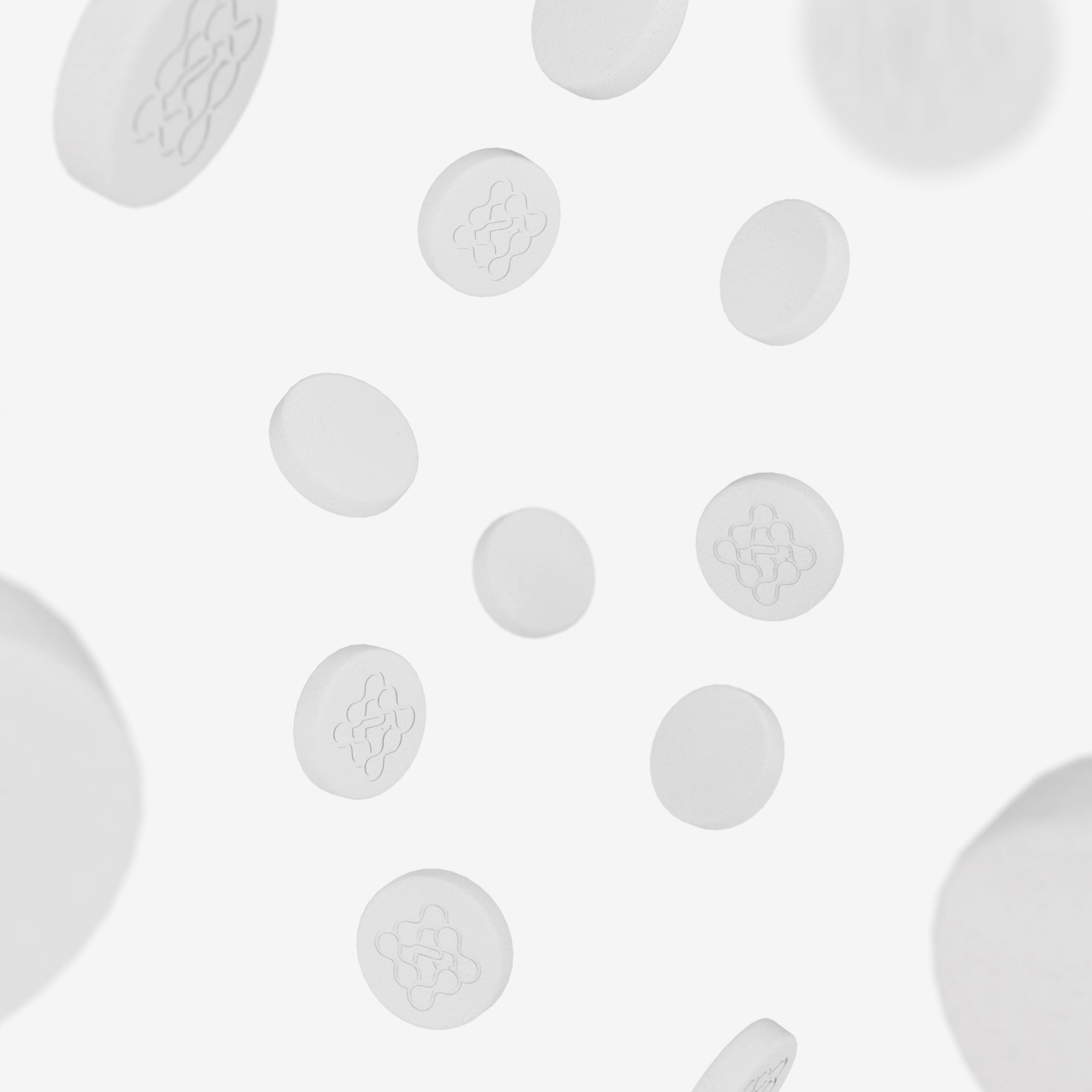
BPC-157 Tablets
Our BPC-157 capsules each deliver 500 µg of stable, gut-derived peptide in a convenient tablet form—no micro-weighing or powder handling required. Designed for labs modeling tissue repair, angiogenesis, and inflammatory-pathway modulation, these 100 tablets are USA-manufactured under GMP, HPLC-verified to ≥ 99% purity, and formulated with only microcrystalline cellulose. With one capsule per dose, you get consistent, reproducible results in both in vitro and rodent oral-dosing protocols.
⚠️ Important Disclaimer
For Research Use Only. Not for human consumption or therapeutic treatment.
Pairs well with
Peptides are not ready to use. Must purchase BAC water for reconstitution.

BPC-157 Tablets
BPC-157 Capsules
KEY HIGHLIGHTS
Accelerated Wound-Closure Modeling
Reproducibly boosts fibroblast migration in scratch assays, letting you track closure rates with precision.
Angiogenesis & Vessel Formation
Promotes endothelial cell tubule networks in Matrigel, enabling clear quantification of new capillary structures.
Inflammation-Modulation Assays
Regulates cytokine release (TNF-α, IL-6) in macrophage LPS challenges, offering a tool for anti-inflammatory screening.
Oral-Dosing Convenience
Uniform 500 µg capsules streamline rodent gavage and dietary admixture studies—no balance calibration needed.
Extended Shelf Stability
Ambient-stable formulation retains full activity for up to 12 months, simplifying storage and experiment planning.
Minimal-Excipient Formula
Contains only microcrystalline cellulose, ensuring assay backgrounds remain clean and data interpretation stays straightforward.


What Is BPC-157 Capsules?
BPC-157 is a fifteen-amino-acid peptide derived from human gastric juice. In research, BPC-157 capsules let scientists explore healing-and-repair pathways by providing a consistent, oral-delivery format that models translational dosing while eliminating the variability of powder measurements.

Why Choose BPC-157 Capsules?
Researchers and lab technicians choose BPC-157 capsules for their ease of use and dosing accuracy. The ready-to-administer tablet format speeds up study setup, ensures every subject or culture receives the exact same peptide amount, and mirrors potential oral-delivery routes—helping bridge in vitro findings with in vivo models.

What Sets BPC-157 Capsules Apart?
Unlike loose-fill powder, these capsules deliver pre-measured 500 µg doses in a single step, reducing human error and contamination risk. Their GMP-manufactured purity and minimal-excipient formulation guarantee that your tissue-repair and inflammation-modulation data reflect peptide activity—not weighing inconsistencies or background noise.
BPC-157 Capsules FAQs
What are BPC-157 capsules used for?
To model wound healing, angiogenesis, and inflammatory-pathway modulation in preclinical studies.
How much BPC-157 is in each capsule?
Each tablet contains exactly 500 µg of BPC-157 peptide.
Can I open BPC-157 capsules for cell assays?
Yes—empty the capsule into buffer or media. Powder dissolves rapidly for precise dosing.
What in vitro concentration is typical?
Researchers often use 10–100 nM final concentration for cell-based assays.
How is BPC-157 dosed in rodent oral studies?
Common protocols use 1–10 µg/kg via gavage or supplemented in drinking water.
What storage conditions do BPC-157 capsules require?
Store at room temperature (15–25 °C) in a dry, dark place; shelf life is 12 months.
Why use capsules instead of powder for BPC-157?
Capsules ensure uniform 500 µg dosing, eliminate weighing errors, and simplify oral-dosing workflows.
Are there any fillers in BPC-157 capsules?
Only microcrystalline cellulose is used, minimizing assay interference.
Is BPC-157 endotoxin-tested?
The active peptide is HPLC-verified to ≥ 99% purity; solutions can be filtered if required for sensitive assays.
Where can I buy BPC-157 500 µg capsules?
Real Peptides offers BPC-157 500 µg (100 ct), USA-manufactured, ≥ 99% purity—strictly for research use only.

